Coffee Basics


There's so much to learn about coffee that we couldn't possibly cover it here on our site, but we think it's worth giving an overview to help you appreciate what goes in to making a great coffee.
Every cup of coffee has had quite an incredible journey to make it to your cup. Growing, processing, transporting, storing, roasting, extracting, all play a complex role in the final flavour. Each of these processes has many variables, some more important than others but the fact that we can produce coffee consistently with no significant, discernable differences is a small miracle and testament to the hard work and dedication of the farmers, importers, roasters and baristas involved across the globe to deliver it to your cup with the quality and perfection you expect.
We encourage you to explore the wonderful, diverse world of coffee as much as you can. There are plenty of resources on the internet for free and a number of great courses both online and in-person. We'll cover the basics below:
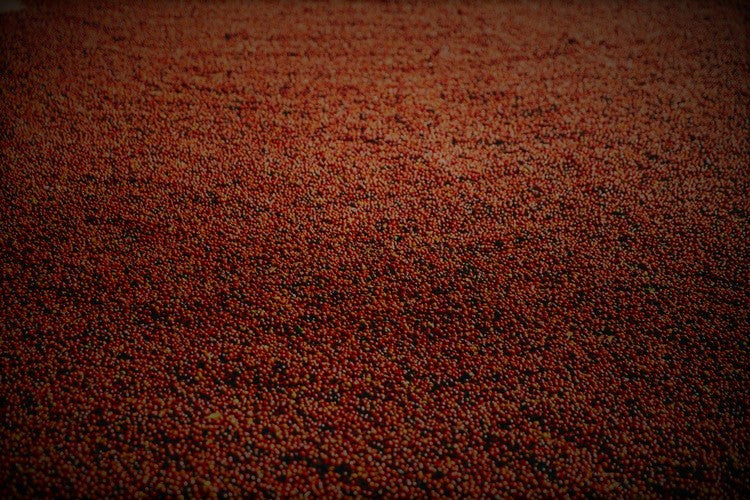
Coffee's True Colours
If asked what colour you'd associate with coffee you'd probably think of some shade of brown, because that's the colour of the beans and the drink they produce. But before being brown, coffee is actually a green bean, and before that it comes from a red coffee cherry. Roasting the green bean is what gives it colour and flavour but roasting can only bring out flavours which are already in the bean, so what determines those characteristics?
Green Coffee

The green bean is actually a seed from a fruit called a coffee cherry. As with all fruits, the flavour is determined by the specific variety and the way it's grown. But since coffee comes from the seed of the fruit and not the fruit itself, there is a bit more to it.
Every variety of coffee cherry has specific ideal conditions. This makes location key to producing great coffee. Variables such as temperature, light, humidity, water, altitude, soil composition all play a part and these things are not always under our control.
Once ripe, the seeds of the cherry need to be separated from the fruit. This is called processing. Processing can be done in a number of ways and once again every variable in a particular method playing an important part in the final flavour of the coffee.
In the beginning...
-
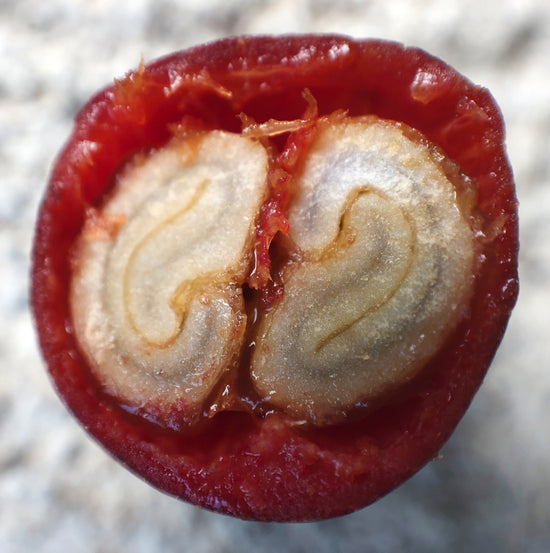
Coffee Cherries
There are many species of coffee cherry, each producing different flavours in your cup of coffee. The 2 most prolific types, Arabica and Robusta, form the majority of the coffee consumed in the world today. Generally speaking Arabica is a higher quality bean, grown at a higher altitude with a lower caffeine content, although there are plenty of exceptions to this. Caffeine is produced as a natural pesticide against insects which are more prevalent at lower altitudes.
-
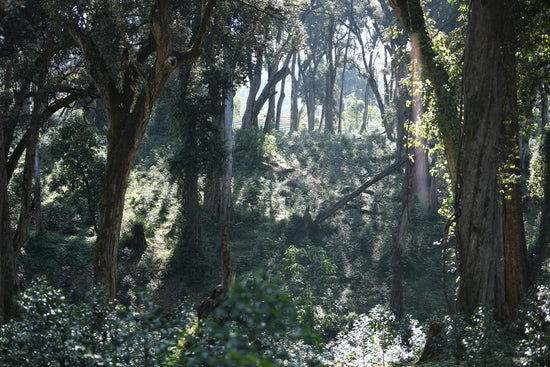
Growing Location
Species of coffee cherries have evolved to best fit the environment they originated from. This means they can't easily be taken from that location and grown elsewhere, especially if the environments are not the same. If a species is successfully grown in a new location it will tend to adapt to any differences between the 2 environments and creates a species variant, so the unique flavour of any coffee really is tied to a particular growing location.
-
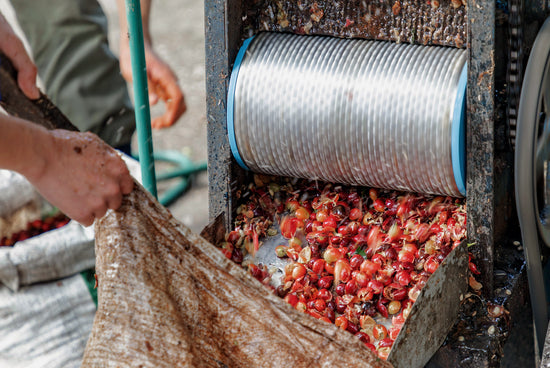
Processing Method
Processing starts very soon after the cherries are harvested. The aim is to remove the seed from the flesh in a way which locks in some intrinsic flavours of the fruit and to dry the seeds to around 11-12% moisture so they can be stored without microorganisms growing. There are many ways to do this, each producing different results and often very low tech. Generally these are divided into wet and dry methods depending on the resources available to the farm.
Coffee Roasting

In the simplest terms, coffee roasting takes the raw green beans, applies heat and turns them into coffee beans. As with all things coffee, this can be done and in a myriad of ways, each producing something slightly different. Roasting methods range from the low tech heating in a small pan over a fire, to the high tech commercial roasters, and then everything in between.
Regardless of method the process of roasting generally follows a number of stages, marked by a number of visual, audible and aromatic cues. The roaster will be looking for certain bean colours, smells and sounds to help them determine the progress of the roast. The 3 most significant stages are the drying phase, browning phase and the development phase.
The final result is determined by the way the roaster traverses these stages, adjusting heat and air flow according to the information provided by the human senses and by electronic sensors if available.
The 'Art' in Artisan
-
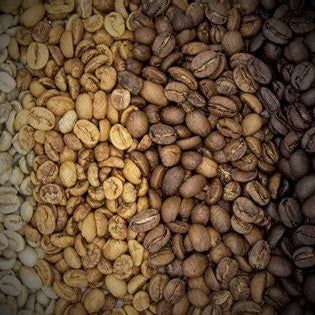
Drying Stage
The roaster will be pre-heated adequately, often to temperatures well in excess of 200 degrees Celsius before adding the green beans and kicking off the drying phase. Once the cool beans are added, the temperature of the roaster drops rapidly before rising again as the beans are heated rapidly, loosing moisture as it evaporates causing the beans to dry out. The green colour of the bean starts to fade, turning to a light yellow and developing sweet aromas.
-
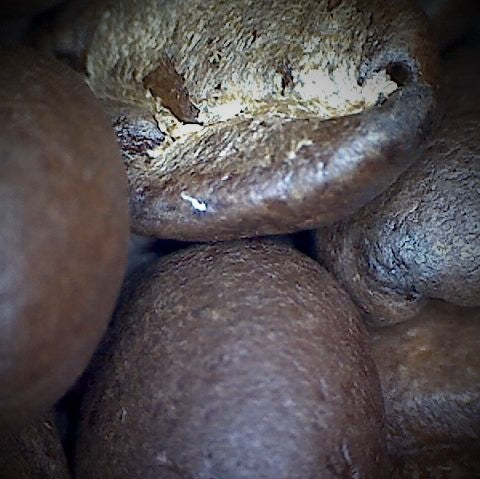
Browning Stage
During the browning stage the beans start to darken towards a dark yellow then light brown as they develop. This is due to a chemical reaction known as the Maillard reaction which also occurs when cooking beef for example. The smell goes from quite a sweet, light-caramel aroma towards a slightly smokey smell of toast. The bean starts to expand, losing density through lost moisture and gasses and the chaff starts to separate from the bean.
-
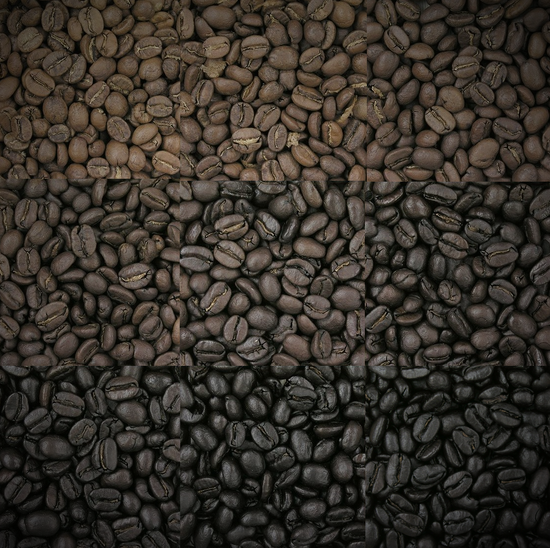
Development Stage
The development stage is the part of the roast which brings out the natural flavours put in to the bean during growth. Development starts when the sounds of the first crack are heard during the browning phase, which is similar to popcorn cracking. The bean darkens quickly, moving through various degrees of roast from light, barely roasted to a dark, almost burnt roast. The roaster will eject the beans and rapidly cool them as soon as the bean has reached the desired roast level.
Roast Levels

While all beans taste differently, roast levels are probably the most significant factor in determining flavour. As a general rule, darker roasts produce a stronger, more bitter taste. The unique flavours of the bean are lost and replaced with more generic, darker coffee flavours. On the other side, lighter roasts tend to produce a more sour / acidic taste which allows the unique fruitiness of the bean to come through, perhaps with less of the typical, generic flavours we identify with coffee.
While there are typically around 9 standard roast levels, depending on who you ask, most coffee drinkers stay away from the extremes to strike a balance of uniqueness and typicality. Since roast level names such as "City" do nothing to describe the actual degree of roast, the levels are often grouped into light, medium and dark roasts, or strength levels 1 to 5 for example, depending on the roaster.
At Black Pier we prefer the range between II - New England and VI - Vienna and wouldn't roast outside of that range unless specifically requested.
-
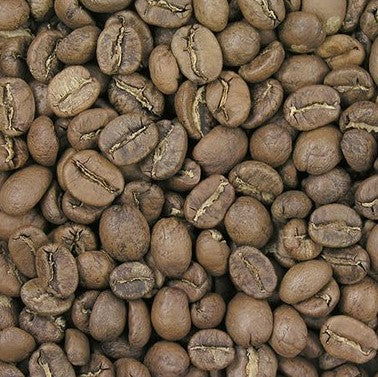
I - Cinnamon Roast
Very Light, slightly mouth watering acidity, uniquely fruity with weak coffee flavours.
-
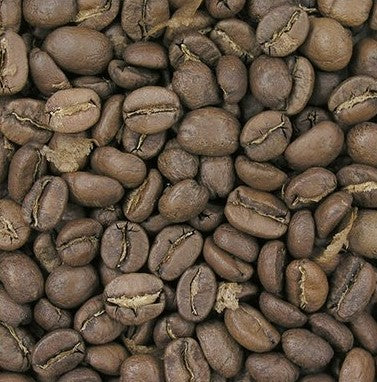
II - New England Roast
Light, mild coffee flavours but very much still defined by the unique fruitiness of the green bean.
-
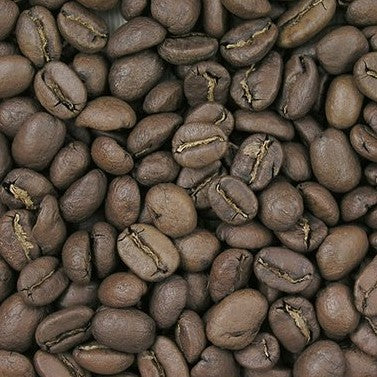
III - American Roast
Light / Medium, still fruity but with typical coffee flavours starting to come through with some mild bitterness.
-
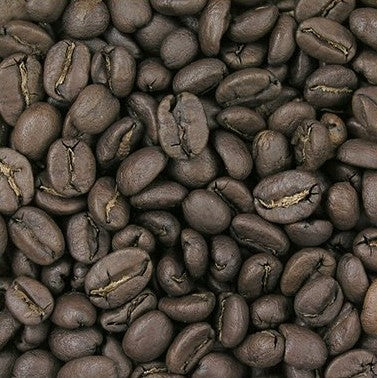
IV - City Roast
Medium, nicely balanced acidity and bitterness giving an easily recognisable yet still very unique cup of coffee.
-
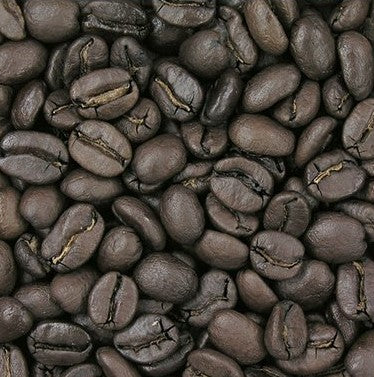
V - Full City Roast
Medium / Dark, strong coffee flavours with only a hint of fruitiness and more of a smooth, bitter, chocolatey feel in the mouth.
-
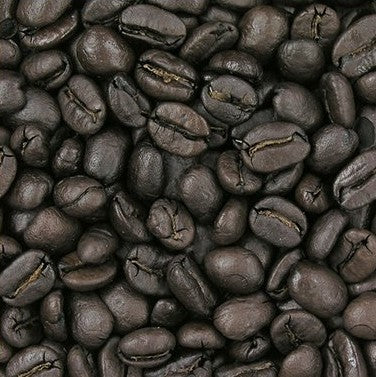
VI - Vienna Roast
Dark, very strong, smokey, bitter, generic coffee flavour with little originality.
-
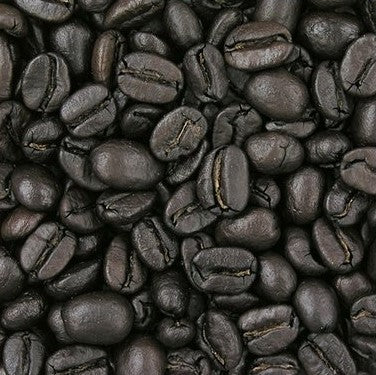
VII - French Roast
Very Dark, strong bitterness, lightly burnt, harsh flavours.
-
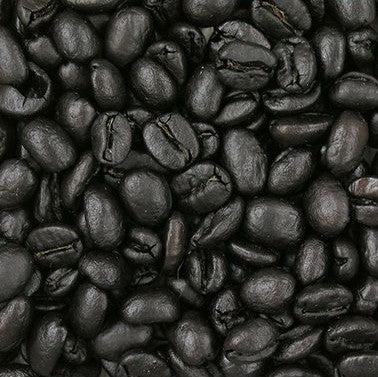
VIII - Italian Roast
Super Dark, cigar smoke, burnt toast, oily, overwhelming bitterness that some consider a desirable combination of flavours.
-
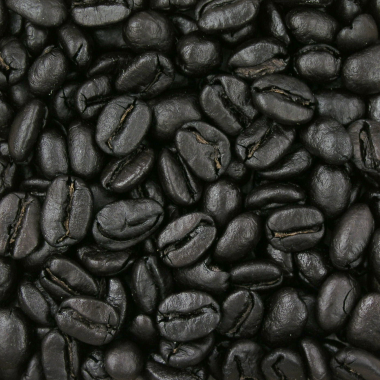
IX - Spanish Roast
Black, Most would consider this roast having absolutely no desirable flavours. Definitely a niche delicacy.
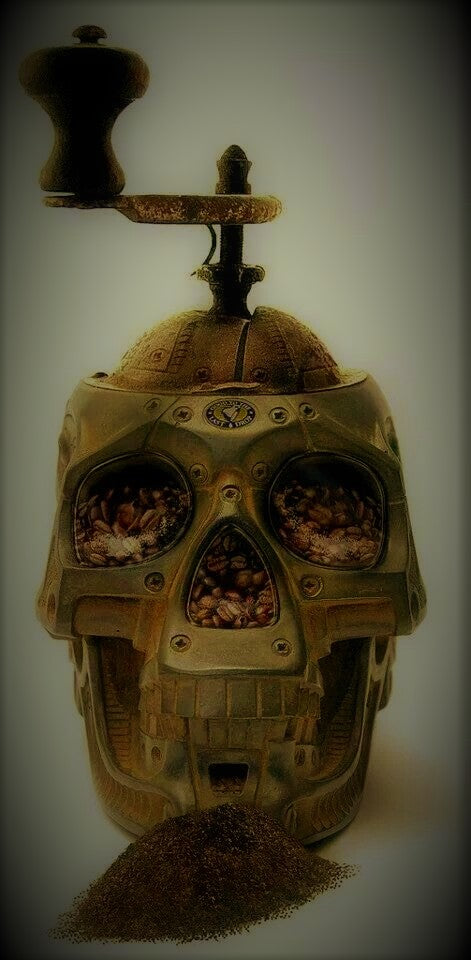
Grinding

The coffee beans need to be ground down into fine grinds to increase the surface area of the water contact, allowing the coffee and water to mix. Again this needs to be done just right for the method of coffee extraction and roasted bean used. The fineness of the grind should be adjusted to extract the desired flavours so we need to think ahead when grinding. As usual there are many ways to get it wrong and not many to get it right. There are many different types of grinder which we won't cover here, but it's something worth looking into if you're considering grinding the beans yourself.
Extraction

Extraction is the process of extracting the coffee from the roasted bean into water to create the coffee drink. Coffee can be very unforgiving at times. If at this point you've done everything right and you have the most perfectly roasted beans on the planet, you are still only one simple mistake away from a bad cup of coffee, let alone producing the best cup a particular bean can offer.
There are so many different ways to extract coffee but the 3 most popular types are espresso, percolation and immersion. It's worth spending a bit of time investigating these methods to choose the one which best suits you.
At this point it's also worth considering the date of the roast, since all beans have an optimum window of time during which to get the best flavours from them.
The final hurdle
-
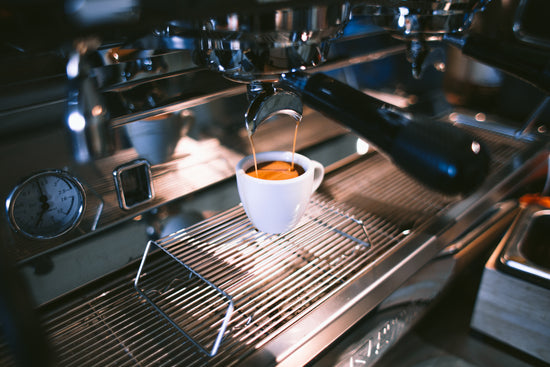
Espresso
Espresso is what you will usually find in a coffee shop because it's the quickest way to get a great coffee. It requires a machine which pushes hot water through the coffee grinds at a high pressure and often has multiple group heads for increased coffee production during busy times. Machines are not cheap and require regular servicing and maintenance.
-
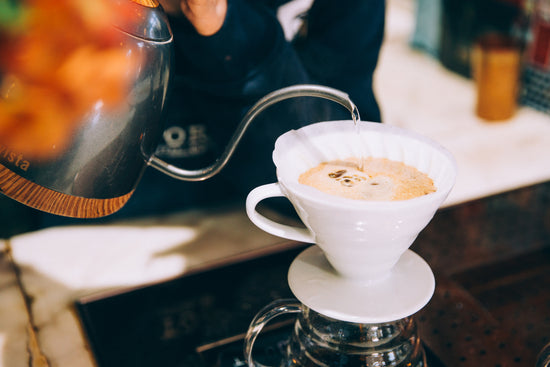
Percolation
Percolation methods such as the V60 and Chemex are perhaps the most simple and widely used in the home, often said to produce the best extraction of all methods. The principle is to pour hot water over a bed of coffee grinds which sit within a filter. Gravity then slowly forces the water through the grinds and drips out the bottom of the filter directly into a cup.
-
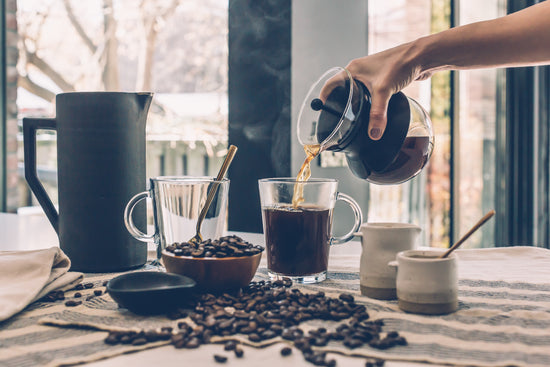
Immersion
Immersion methods such as the French Press are again very popular in the home due to simplicity, low cost and high effectiveness. The grinds are immersed in water, suspended in a solution for some time before a plunger or other mechanism separates the spent grinds from the liquid, forcing them to the bottom of the container, leaving the brew on top ready to pour.
Now It's Over to You!
We've taken care of everything up to and excluding extraction, which we would certainly do for you if we could. If you've never extracted coffee before don't expect to get it right first time, it does take some practice to get it just how you like it but we're sure you'll have fun learning along the way. There is a huge world of coffee out there and we encourage you to experience as much of it as you can because everything in life is better with variety and we're confident you'll always come back to Black Pier for more.


















